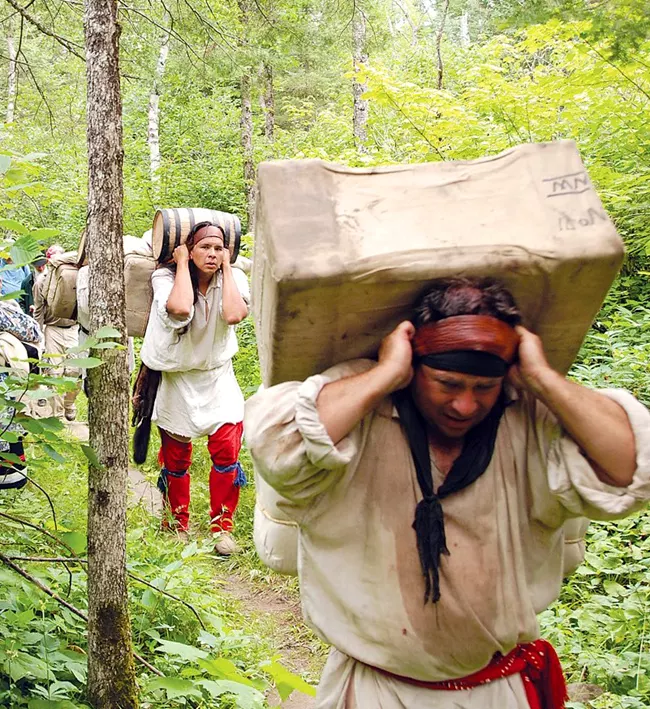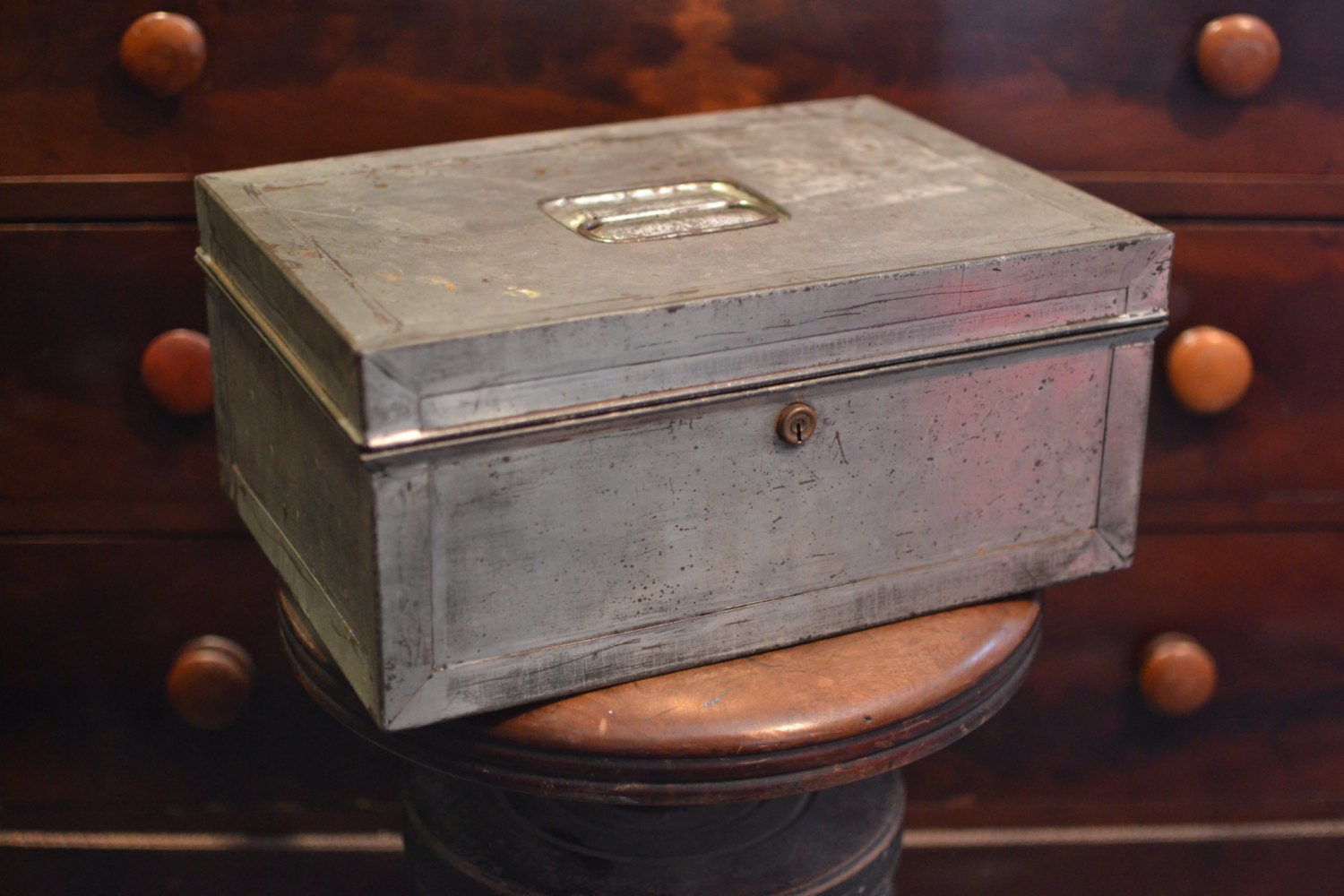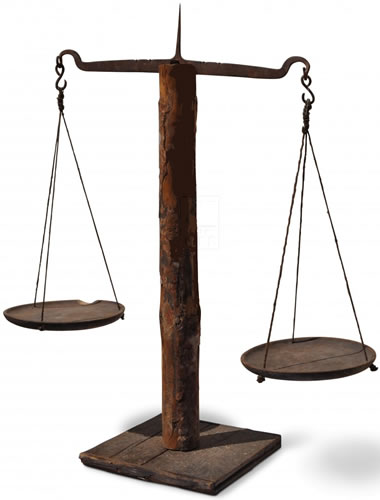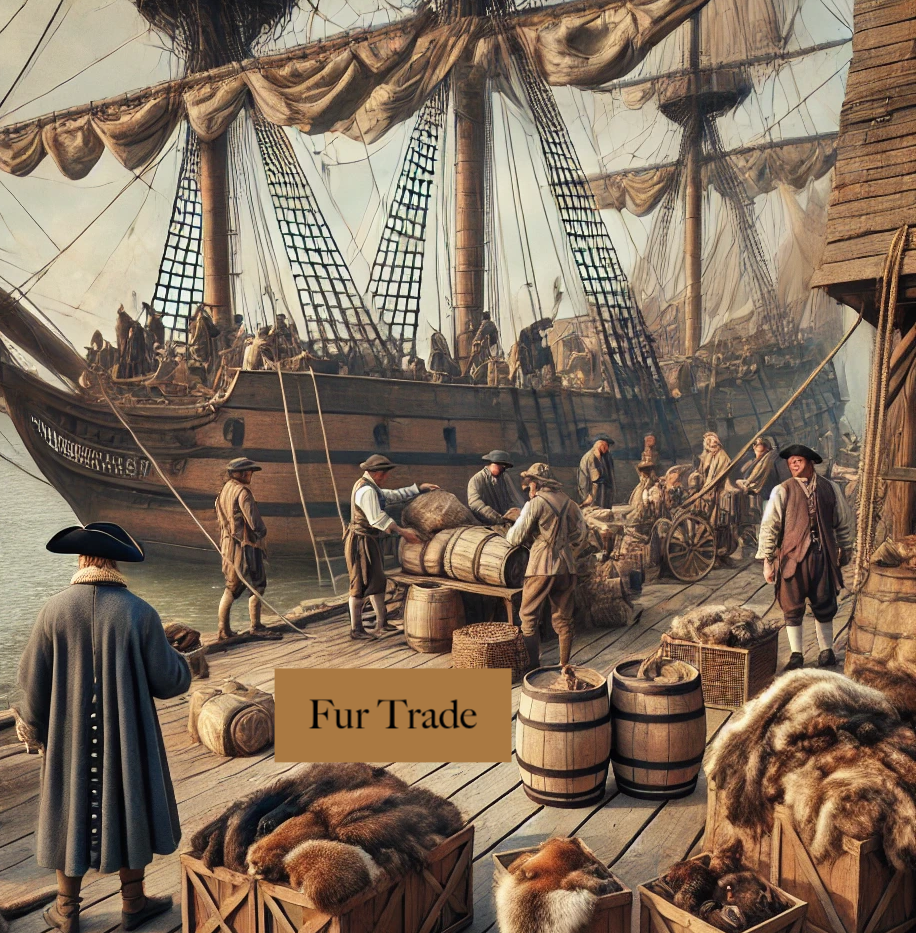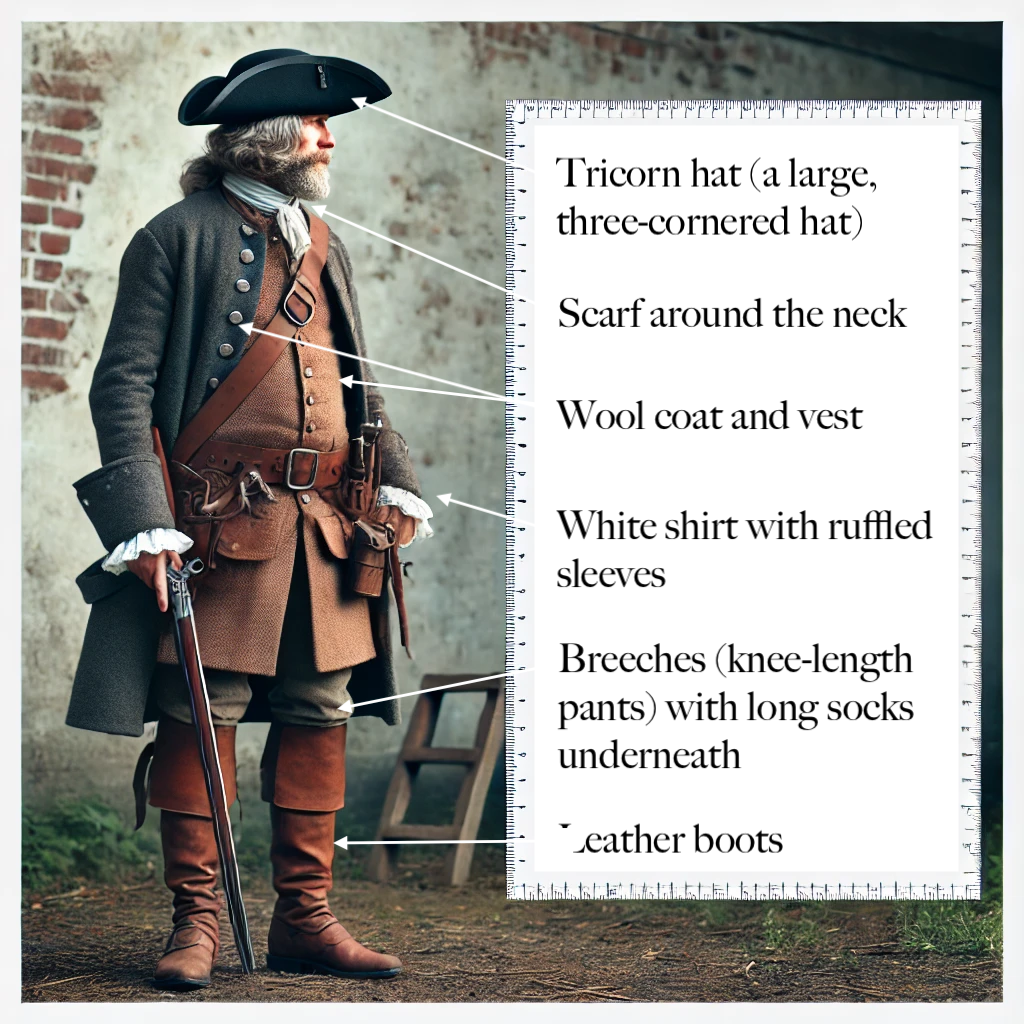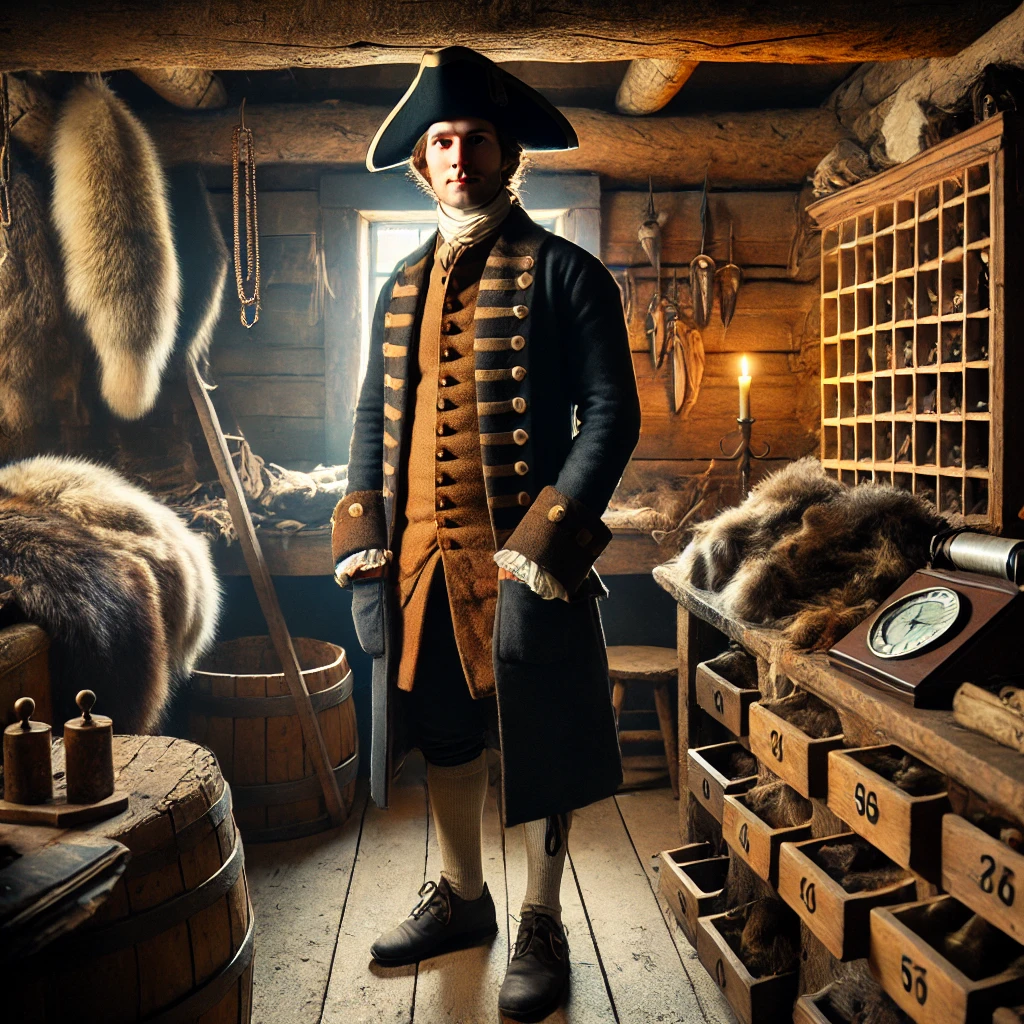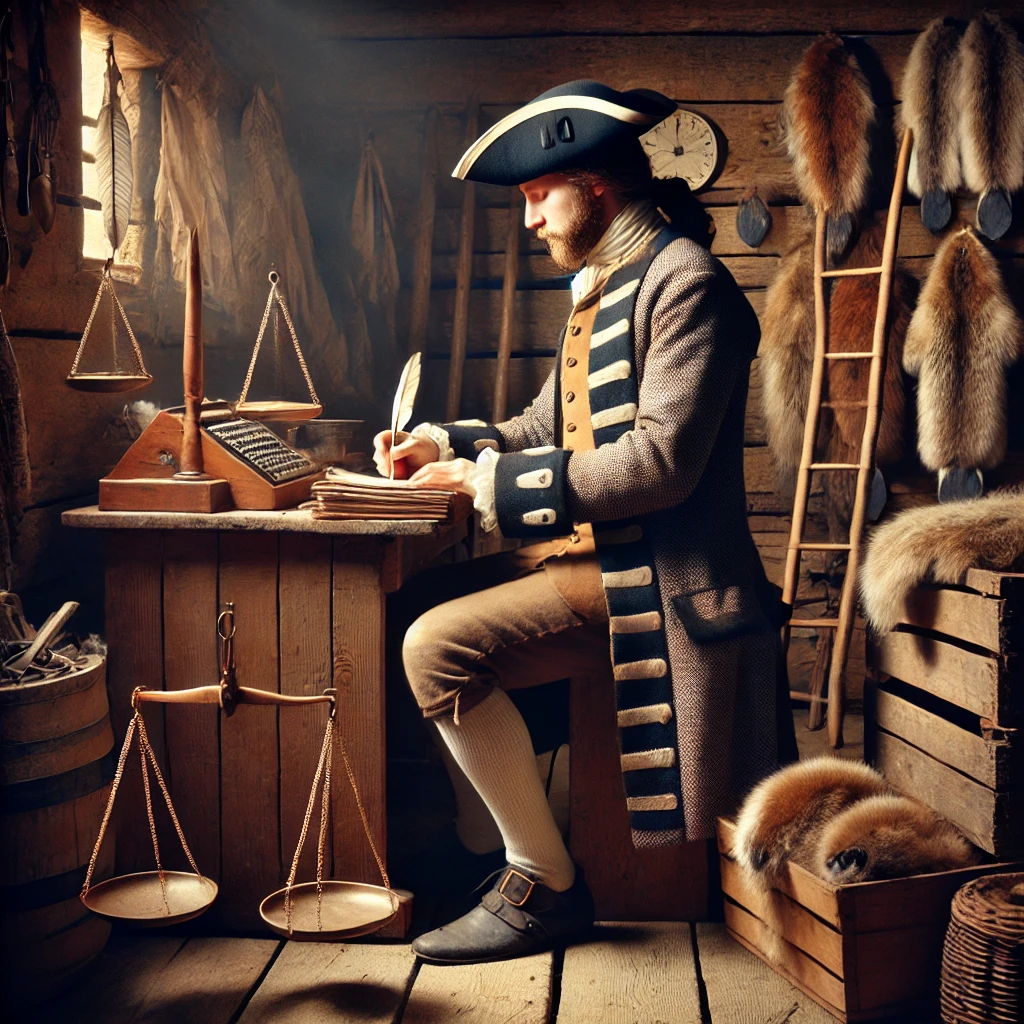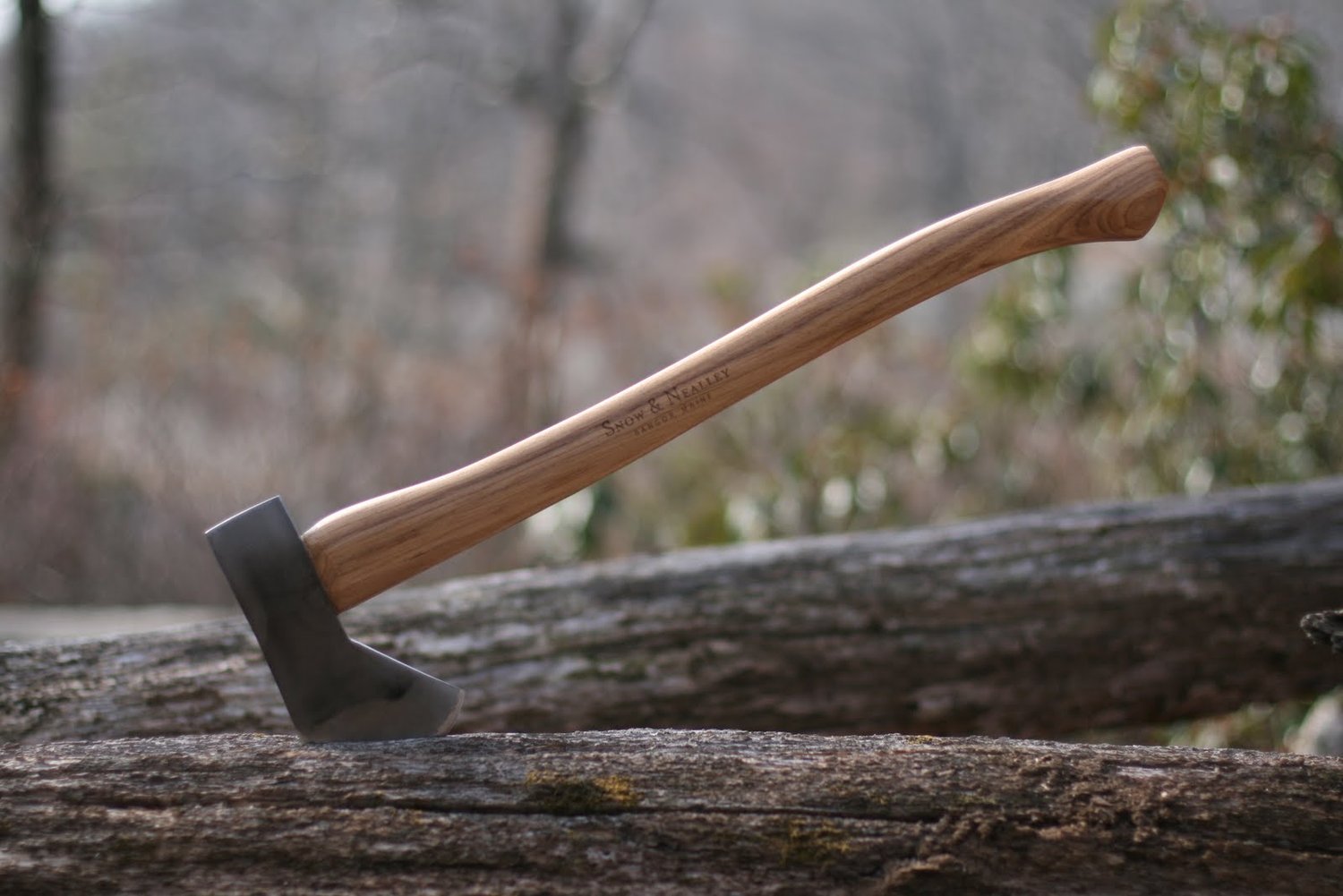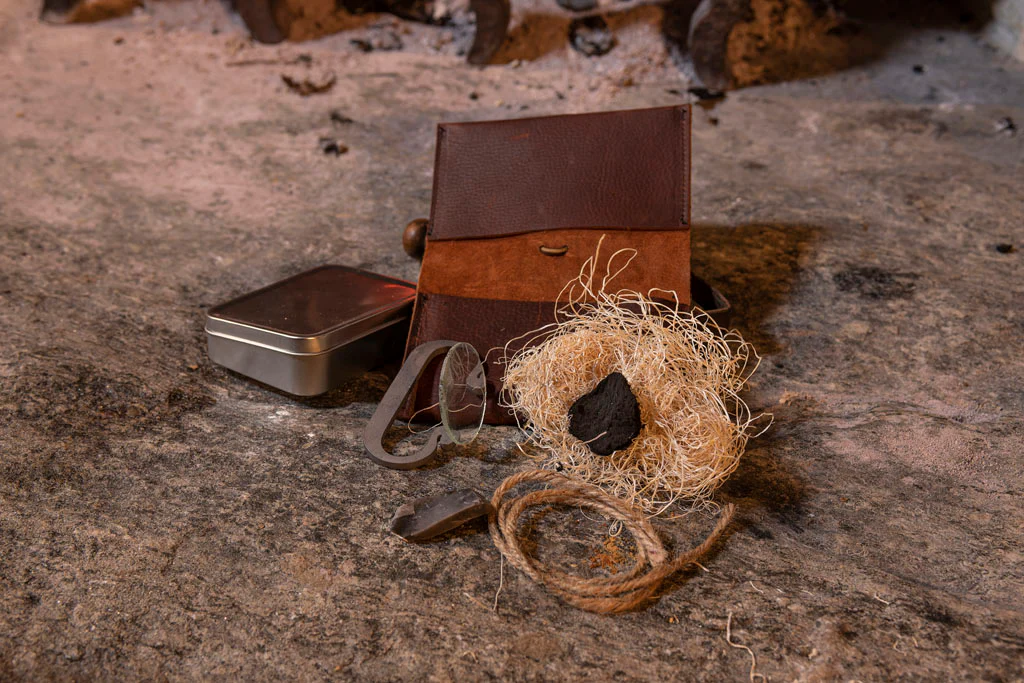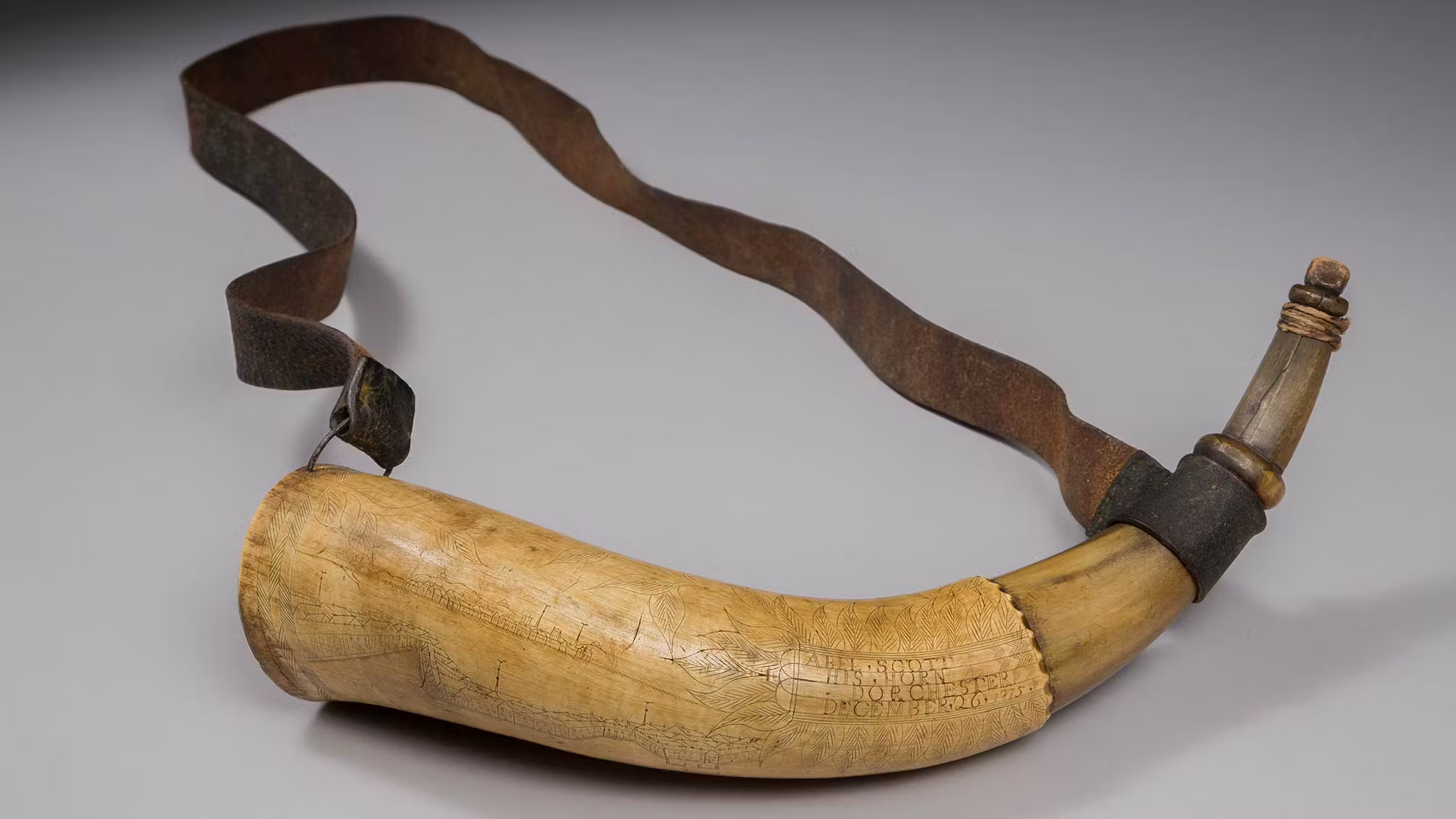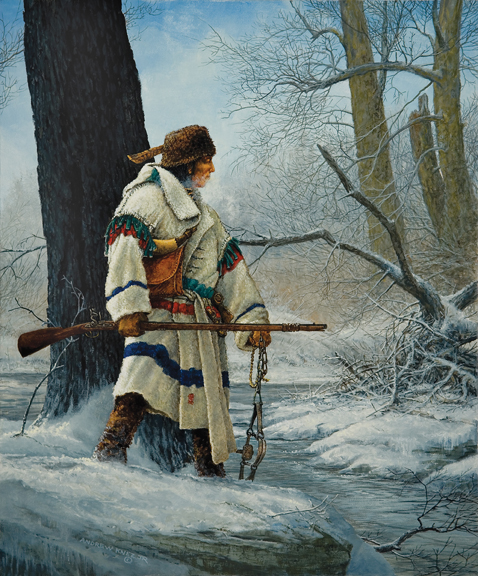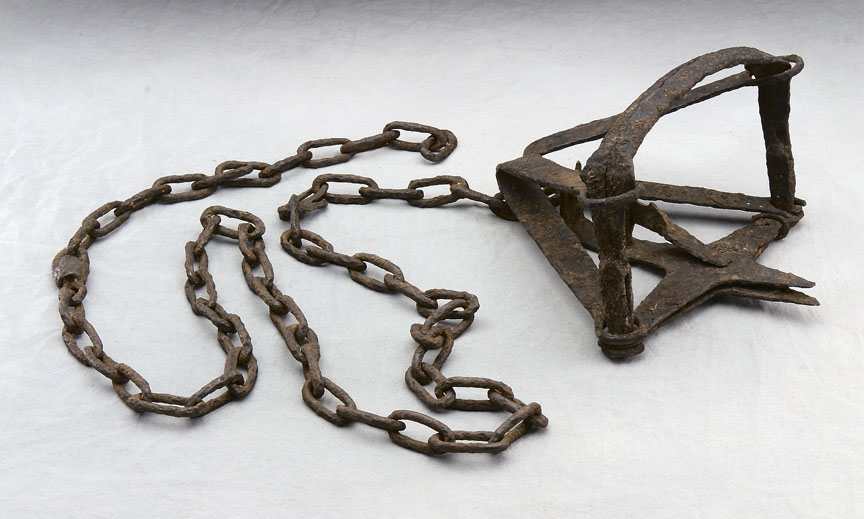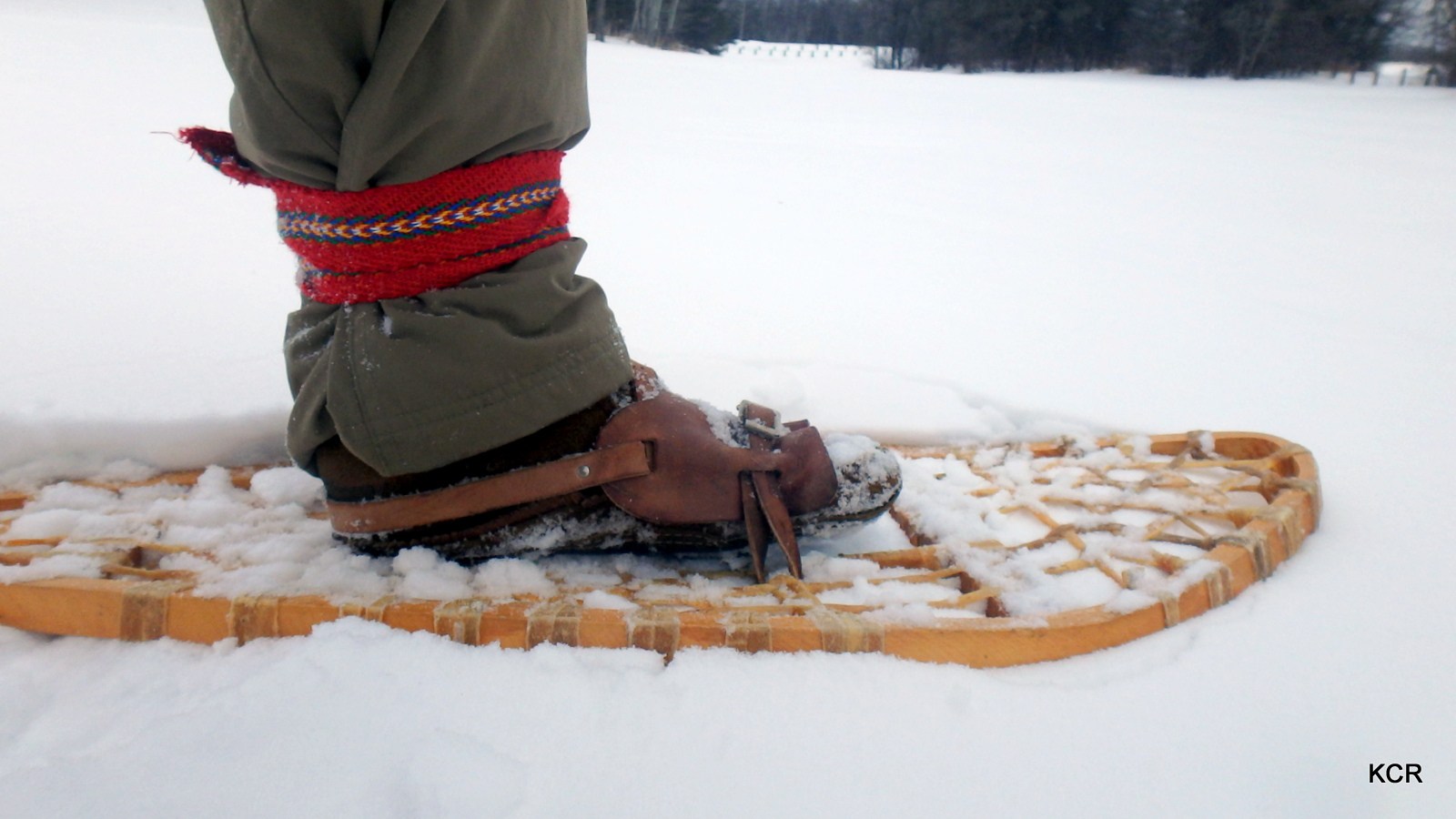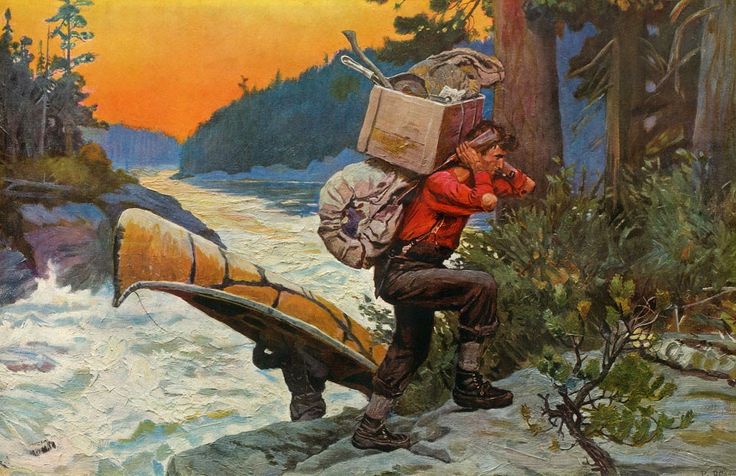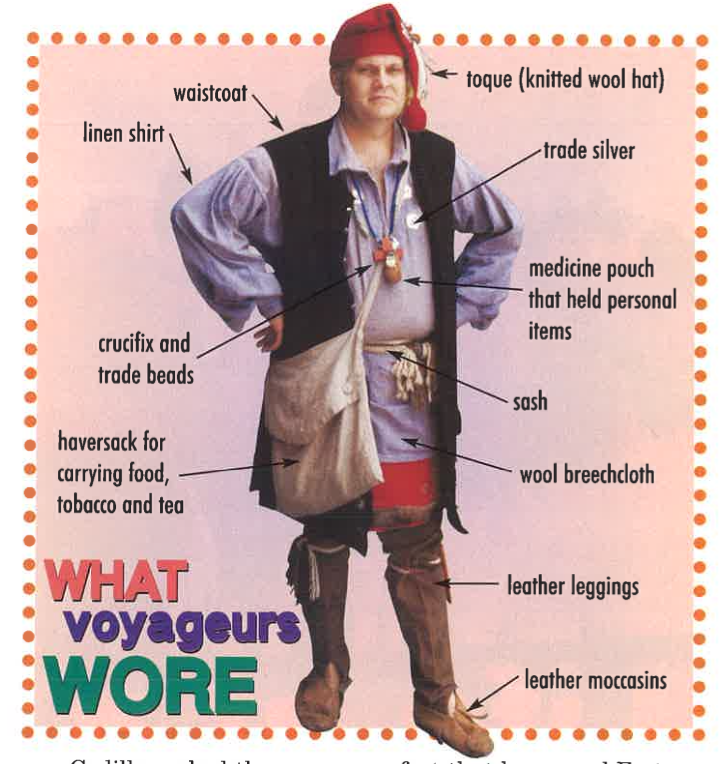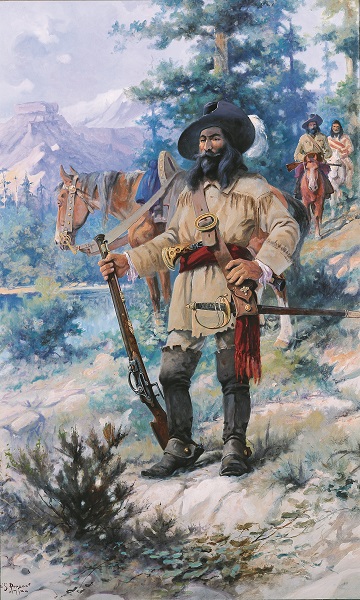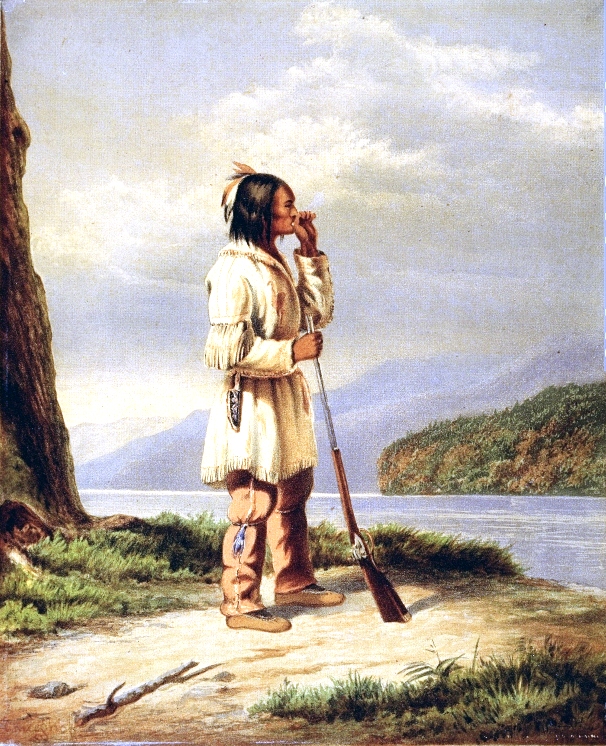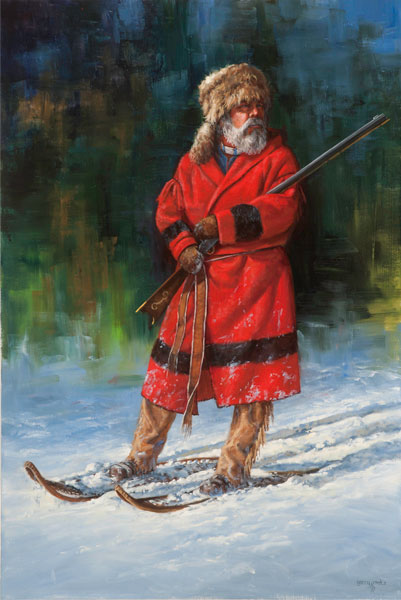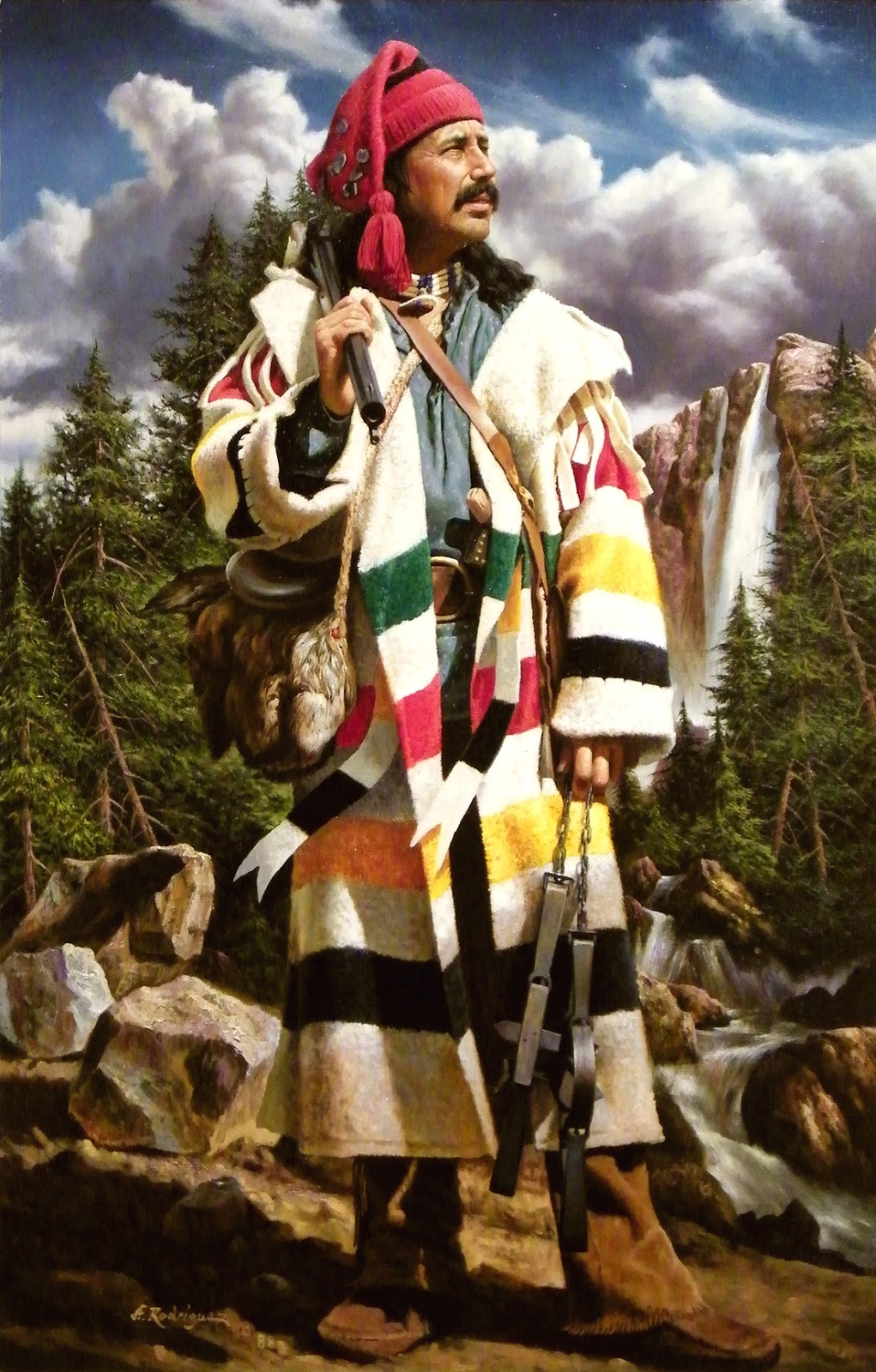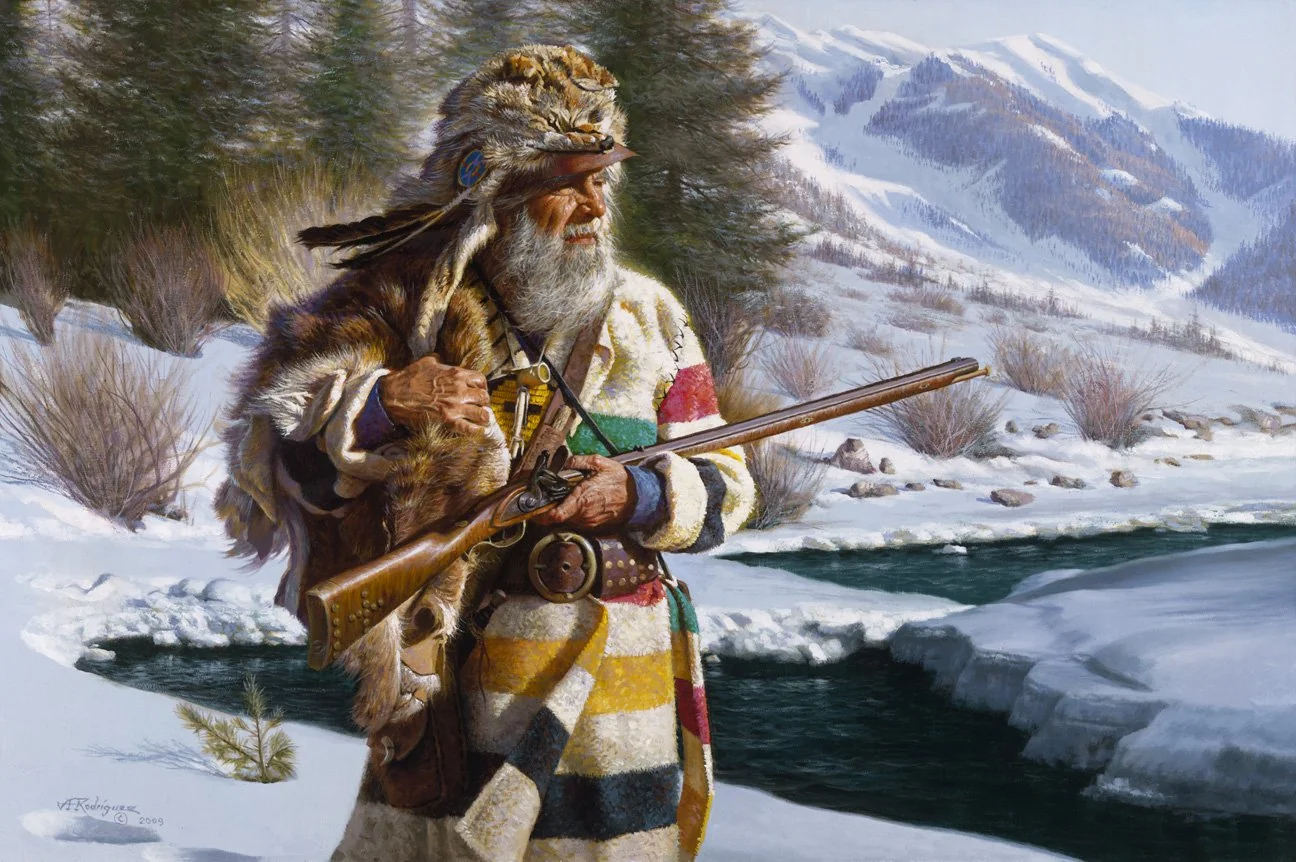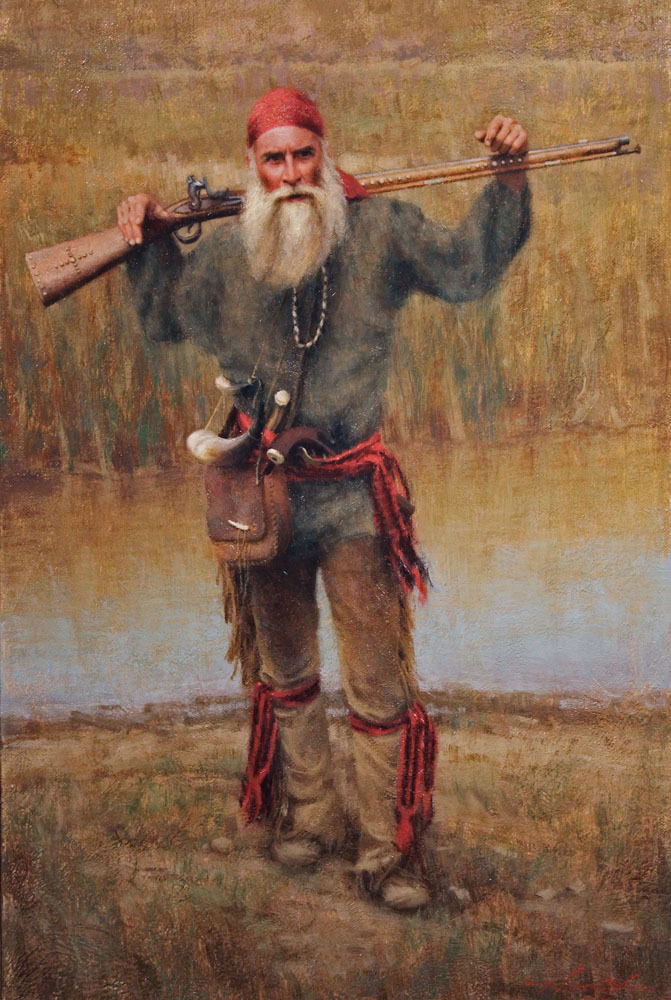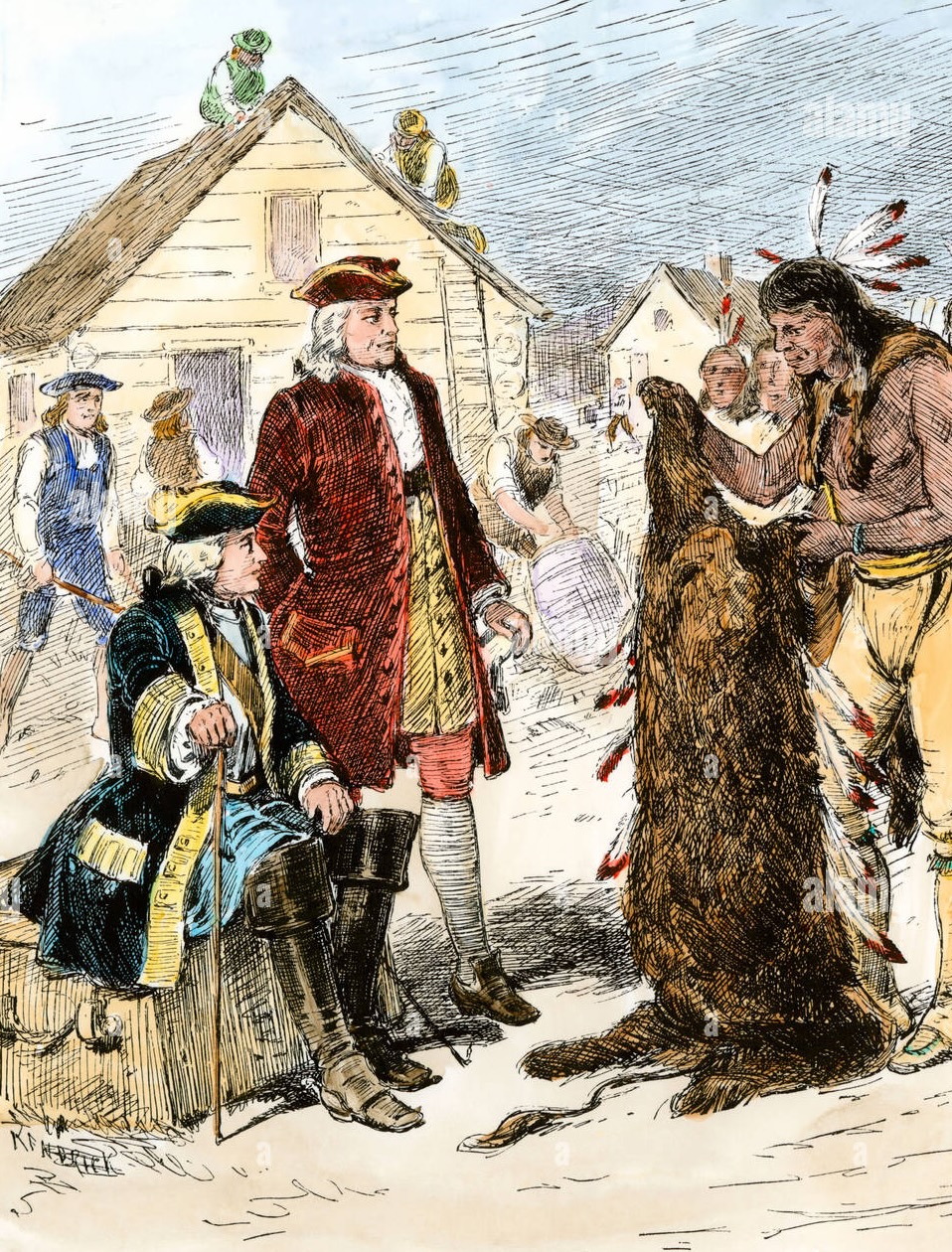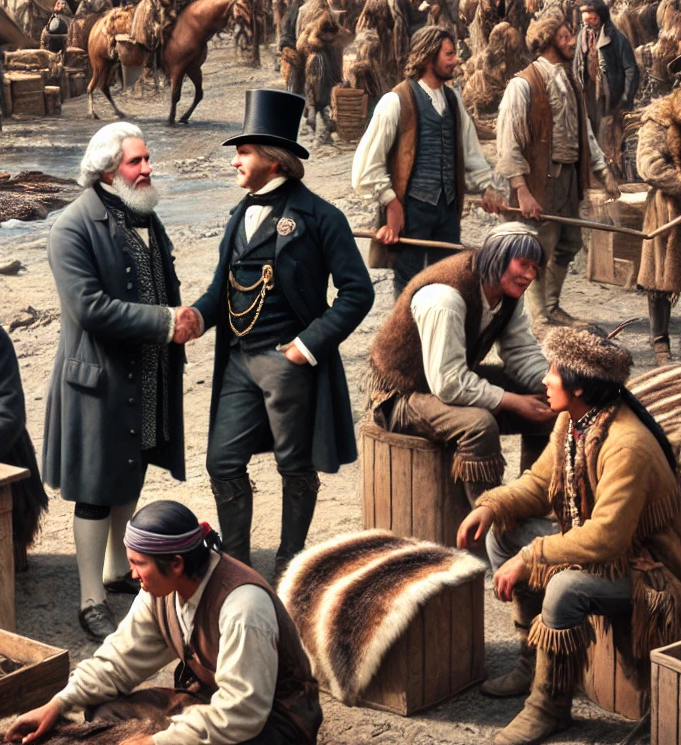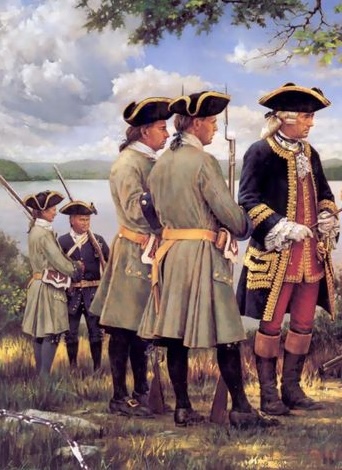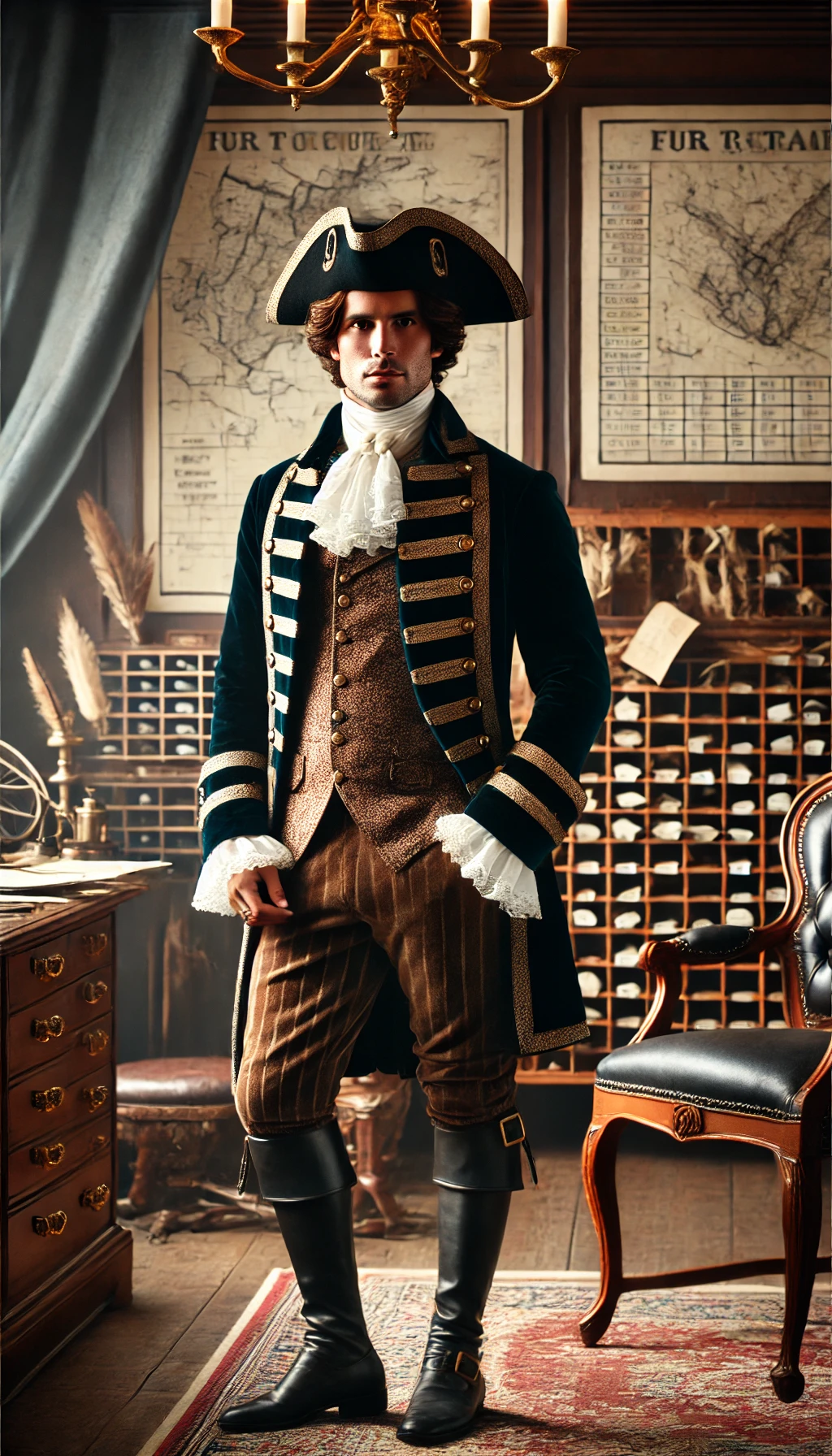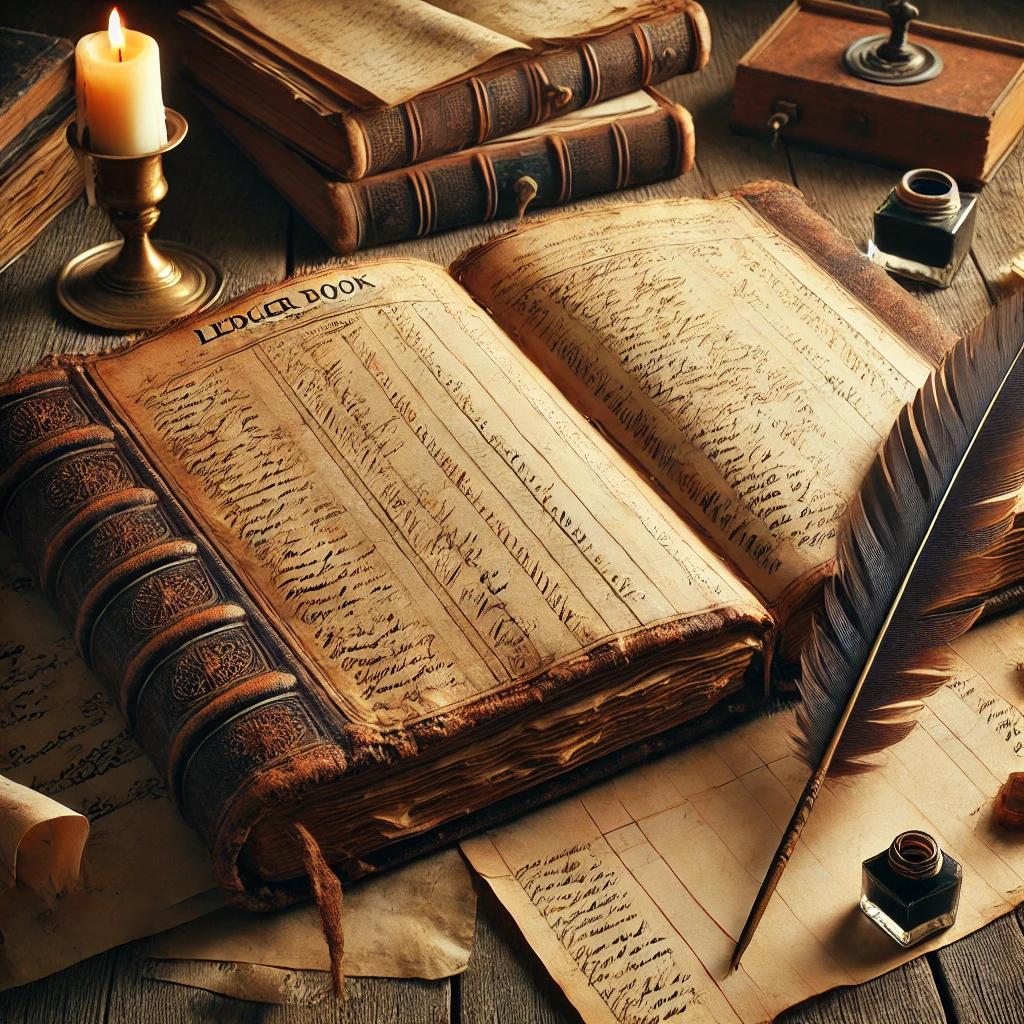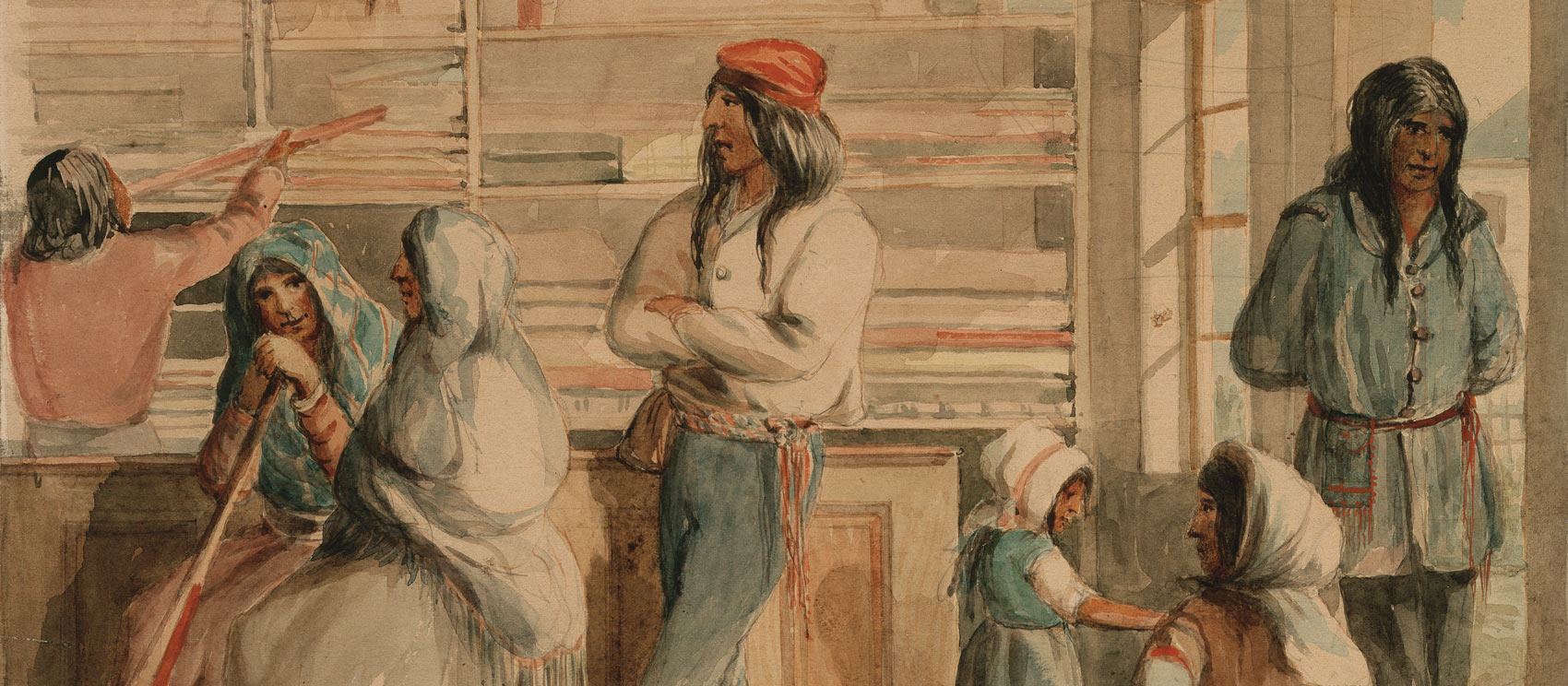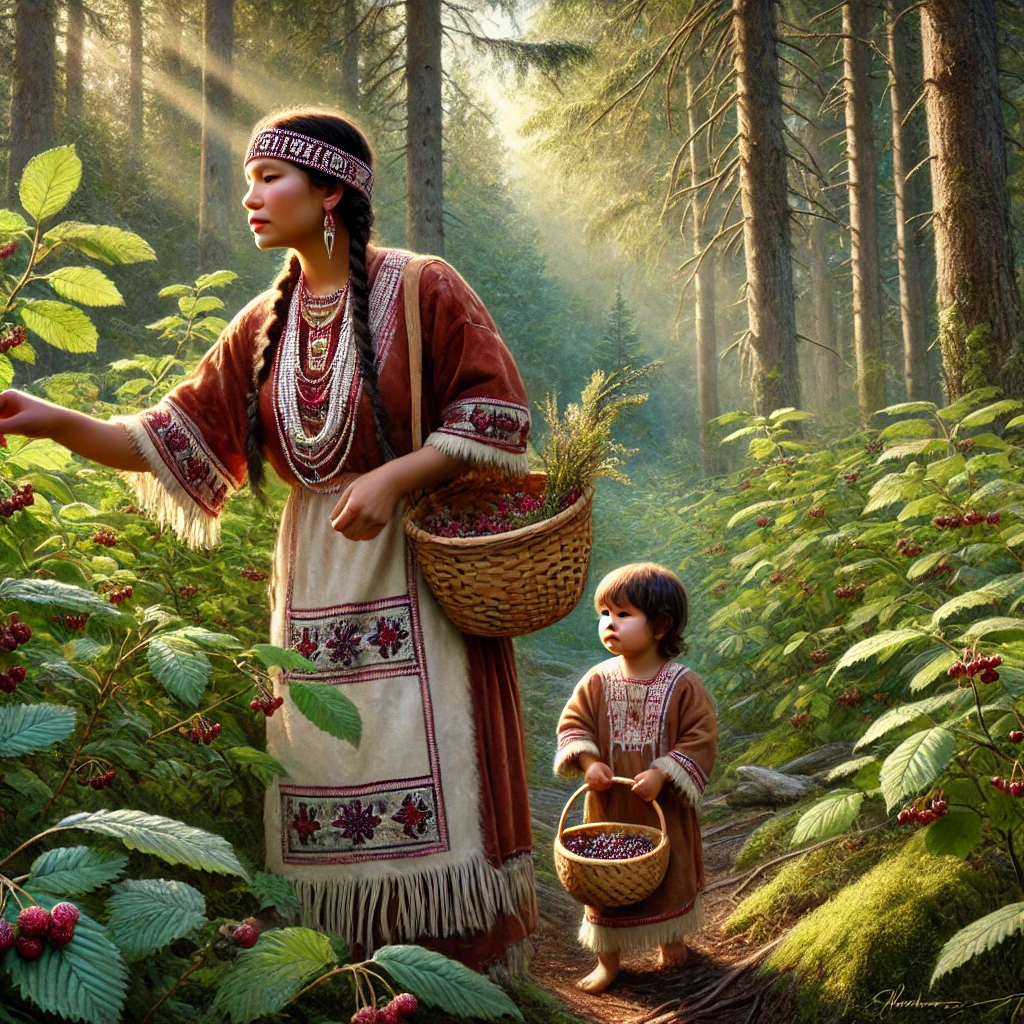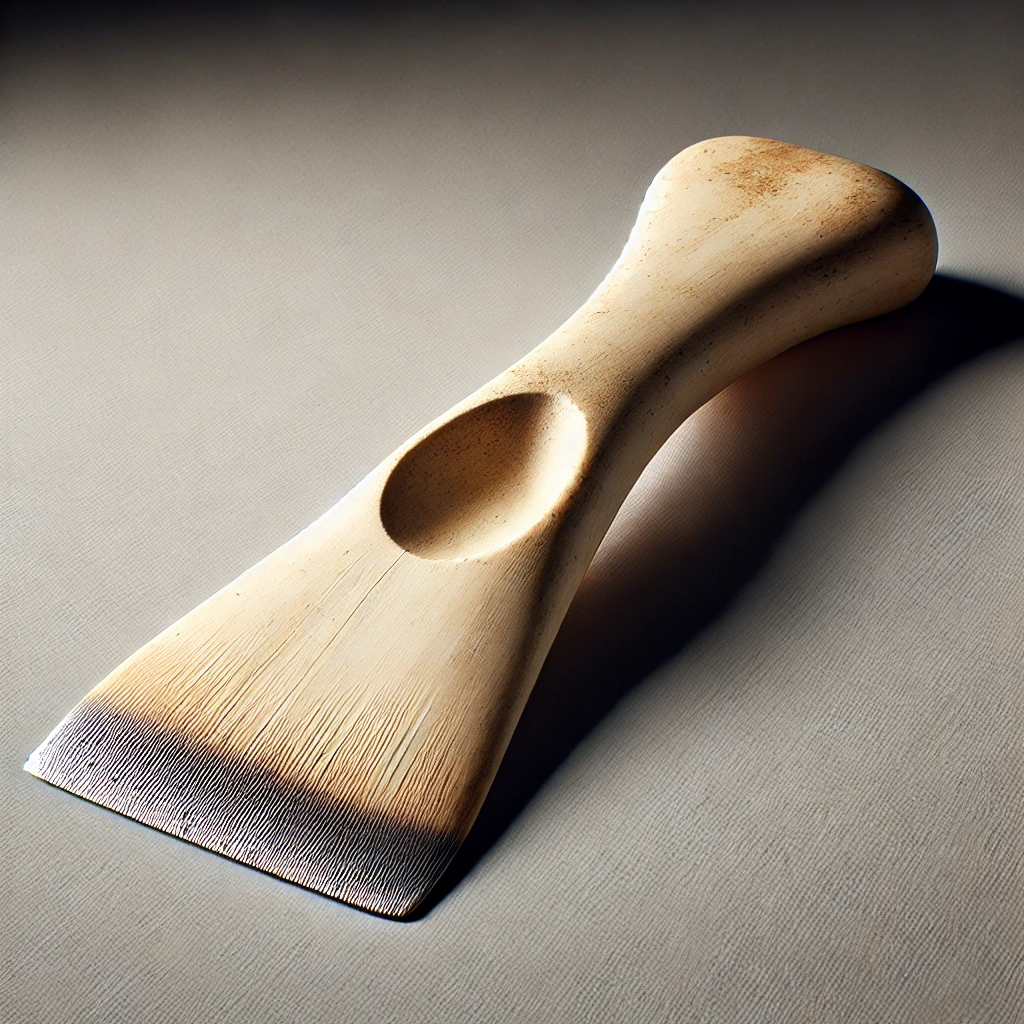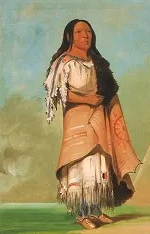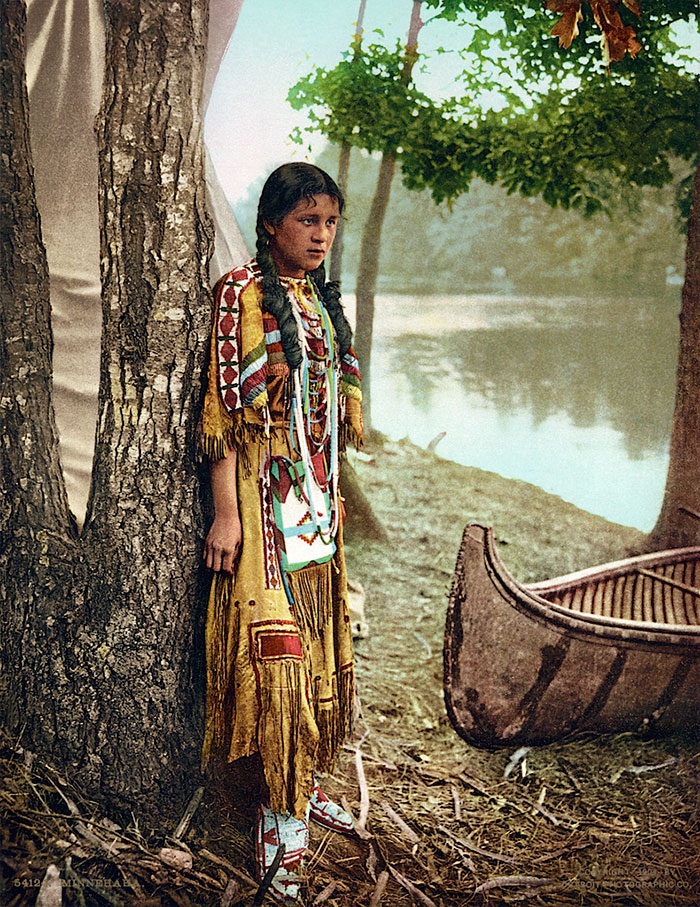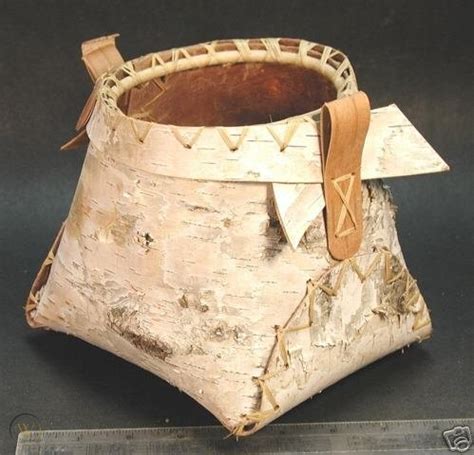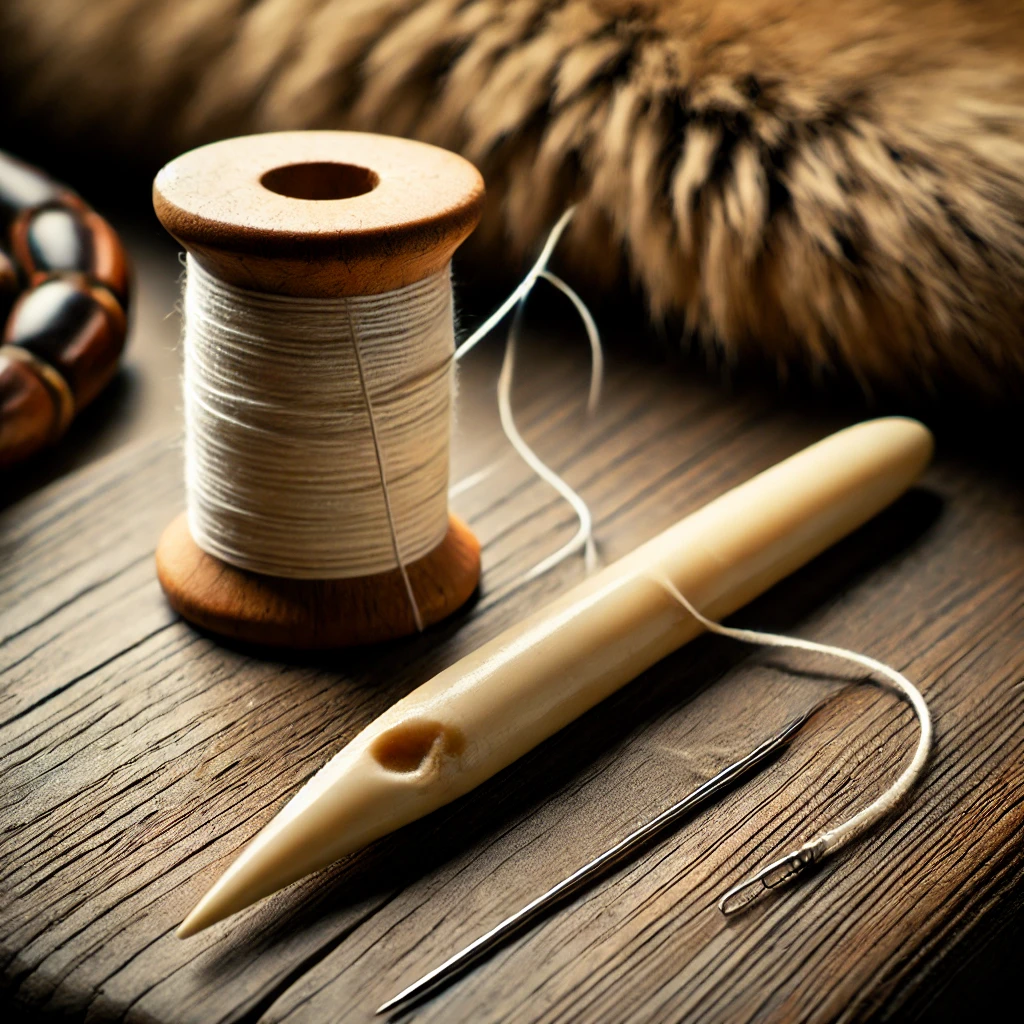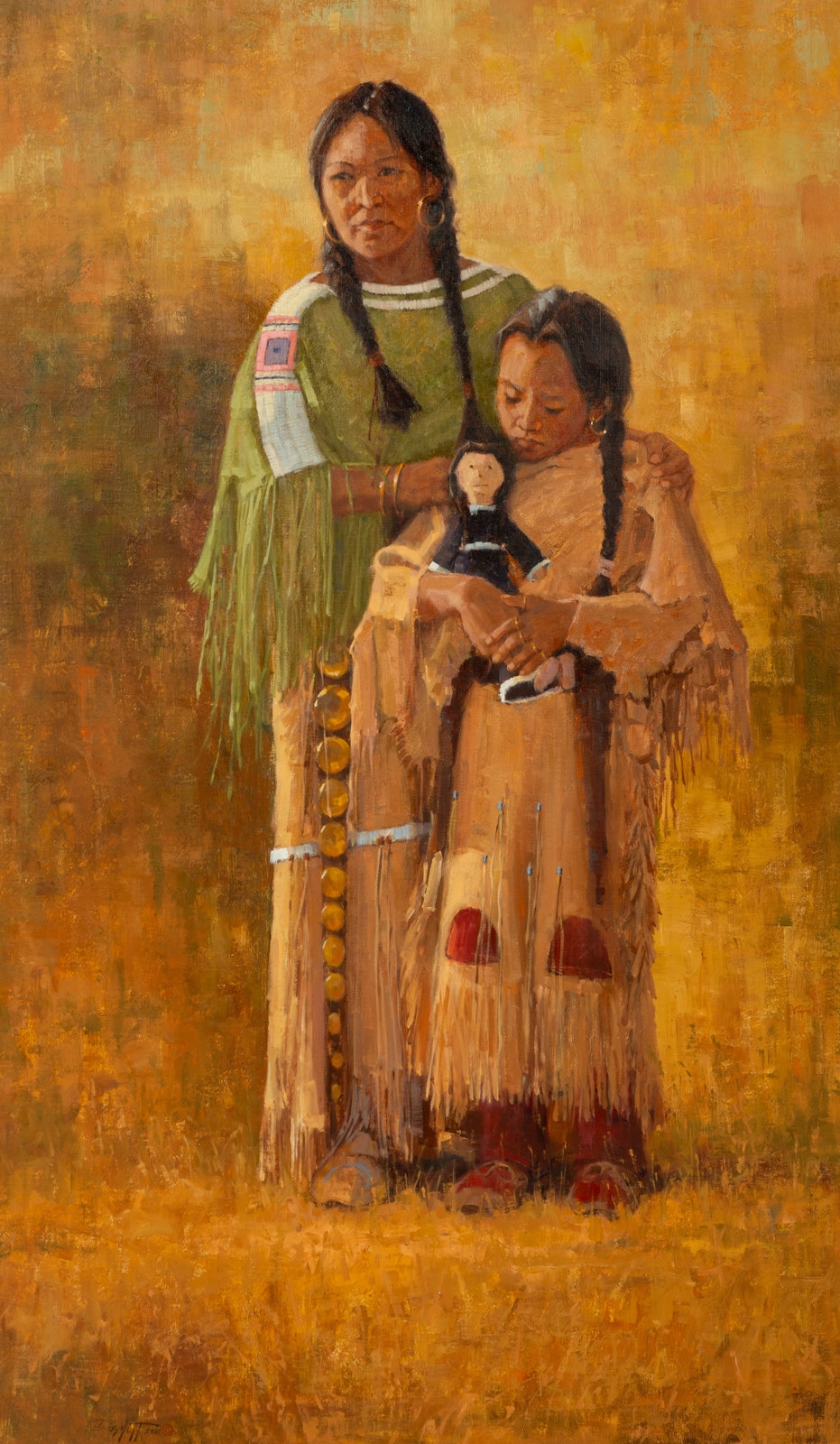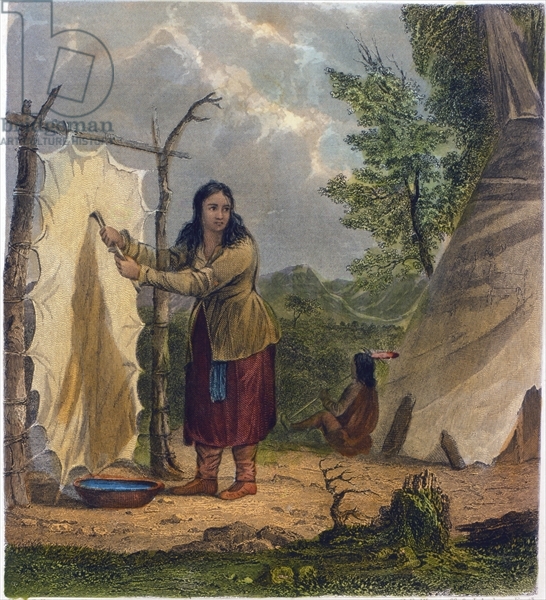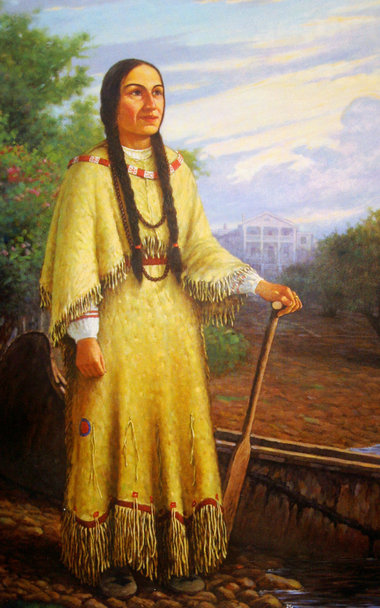People of the Fur Trade
Many different people were an important part in the process of trapping, preparing, trading, and shipping the goods that made the fur trade such a success. Click below to learn about the roles of the people of the fur trade.
-
Voyageurs were strong men who paddled canoes and carried heavy loads to help move furs from deep in the wilderness to trading posts. They worked very hard, traveling for months at a time to bring furs to merchants who sold them in Europe.
Trappers were hunters who caught wild animals, like beavers, otters, foxes, and wolves, to sell their furs. Trappers spent most of their time living in the wilderness, setting traps, and preparing furs for trade. Trappers were from many different cultures. Indigenous peoples, Europeans, and Métis (people of mixed Indigenous and European ancestry) all acted as trappers during the fur trade.
Indigenous women helped traders survive, prepared animal furs, and made goods that people needed. They acted as guides and interpreters for traders by showing them safe paths and speaking different languages.
Merchants were like store owners. They helped people trade things like animal furs for tools, clothes, and other goods. They stayed in towns or at trading posts, where they bought furs and sold supplies.
The bourgeoisie were like the bosses of the fur trade. They owned businesses that bought and sold animal furs. They made decisions about the fur trade and paid workers to do hard jobs.

